Yaniv Altshuler
From Microbes to Methane: AI-Based Predictive Modeling of Feed Additive Efficacy in Dairy Cows
Nov 21, 2023Abstract:In an era of increasing pressure to achieve sustainable agriculture, the optimization of livestock feed for enhancing yield and minimizing environmental impact is a paramount objective. This study presents a pioneering approach towards this goal, using rumen microbiome data to predict the efficacy of feed additives in dairy cattle. We collected an extensive dataset that includes methane emissions from 2,190 Holstein cows distributed across 34 distinct sites. The cows were divided into control and experimental groups in a double-blind, unbiased manner, accounting for variables such as age, days in lactation, and average milk yield. The experimental groups were administered one of four leading commercial feed additives: Agolin, Kexxtone, Allimax, and Relyon. Methane emissions were measured individually both before the administration of additives and over a subsequent 12-week period. To develop our predictive model for additive efficacy, rumen microbiome samples were collected from 510 cows from the same herds prior to the study's onset. These samples underwent deep metagenomic shotgun sequencing, yielding an average of 15.7 million reads per sample. Utilizing innovative artificial intelligence techniques we successfully estimated the efficacy of these feed additives across different farms. The model's robustness was further confirmed through validation with independent cohorts, affirming its generalizability and reliability. Our results underscore the transformative capability of using targeted feed additive strategies to both optimize dairy yield and milk composition, and to significantly reduce methane emissions. Specifically, our predictive model demonstrates a scenario where its application could guide the assignment of additives to farms where they are most effective. In doing so, we could achieve an average potential reduction of over 27\% in overall emissions.
Optimal Dynamic Coverage Infrastructure for Large-Scale Fleets of Reconnaissance UAVs
Nov 17, 2016
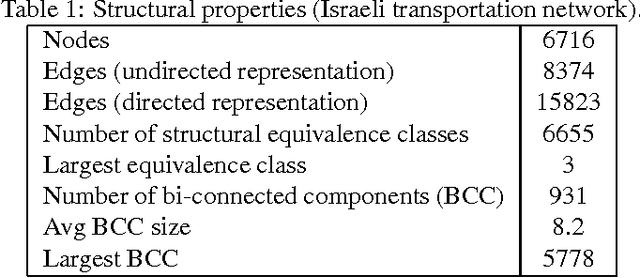

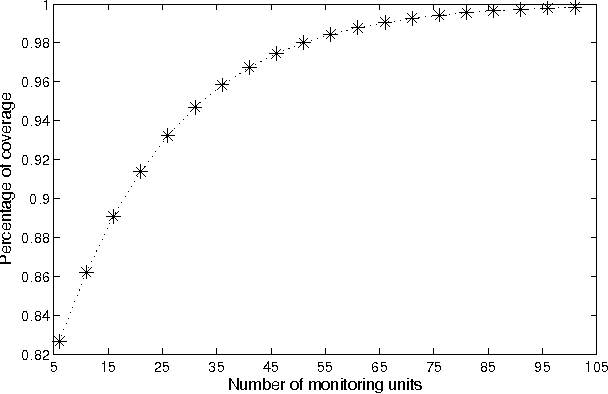
Abstract:Current state of the art in the field of UAV activation relies solely on human operators for the design and adaptation of the drones' flying routes. Furthermore, this is being done today on an individual level (one vehicle per operators), with some exceptions of a handful of new systems, that are comprised of a small number of self-organizing swarms, manually guided by a human operator. Drones-based monitoring is of great importance in variety of civilian domains, such as road safety, homeland security, and even environmental control. In its military aspect, efficiently detecting evading targets by a fleet of unmanned drones has an ever increasing impact on the ability of modern armies to engage in warfare. The latter is true both traditional symmetric conflicts among armies as well as asymmetric ones. Be it a speeding driver, a polluting trailer or a covert convoy, the basic challenge remains the same -- how can its detection probability be maximized using as little number of drones as possible. In this work we propose a novel approach for the optimization of large scale swarms of reconnaissance drones -- capable of producing on-demand optimal coverage strategies for any given search scenario. Given an estimation cost of the threat's potential damages, as well as types of monitoring drones available and their comparative performance, our proposed method generates an analytically provable strategy, stating the optimal number and types of drones to be deployed, in order to cost-efficiently monitor a pre-defined region for targets maneuvering using a given roads networks. We demonstrate our model using a unique dataset of the Israeli transportation network, on which different deployment schemes for drones deployment are evaluated.
Human collective intelligence as distributed Bayesian inference
Aug 05, 2016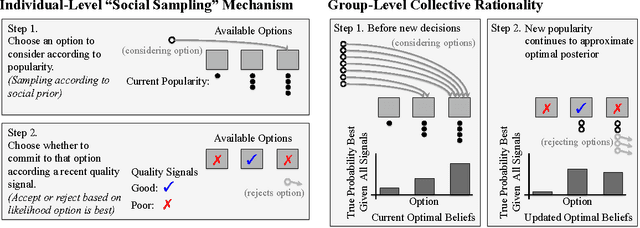
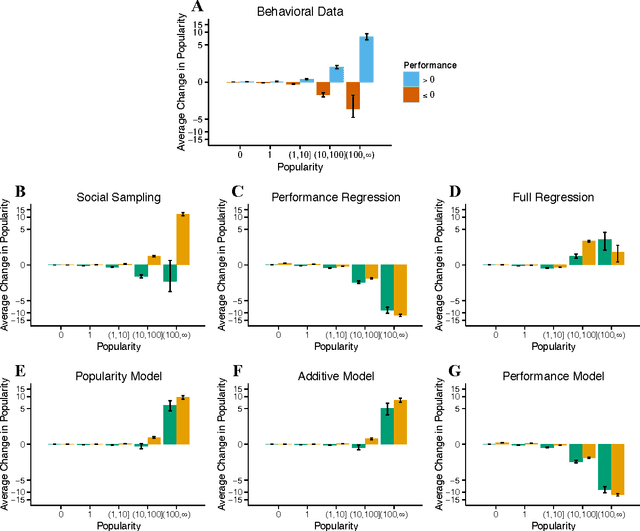
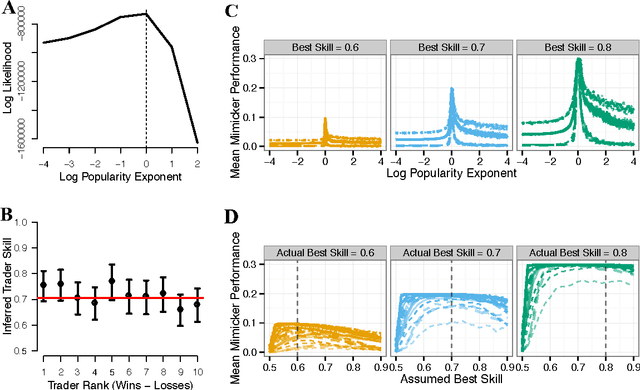
Abstract:Collective intelligence is believed to underly the remarkable success of human society. The formation of accurate shared beliefs is one of the key components of human collective intelligence. How are accurate shared beliefs formed in groups of fallible individuals? Answering this question requires a multiscale analysis. We must understand both the individual decision mechanisms people use, and the properties and dynamics of those mechanisms in the aggregate. As of yet, mathematical tools for such an approach have been lacking. To address this gap, we introduce a new analytical framework: We propose that groups arrive at accurate shared beliefs via distributed Bayesian inference. Distributed inference occurs through information processing at the individual level, and yields rational belief formation at the group level. We instantiate this framework in a new model of human social decision-making, which we validate using a dataset we collected of over 50,000 users of an online social trading platform where investors mimic each others' trades using real money in foreign exchange and other asset markets. We find that in this setting people use a decision mechanism in which popularity is treated as a prior distribution for which decisions are best to make. This mechanism is boundedly rational at the individual level, but we prove that in the aggregate implements a type of approximate "Thompson sampling"---a well-known and highly effective single-agent Bayesian machine learning algorithm for sequential decision-making. The perspective of distributed Bayesian inference therefore reveals how collective rationality emerges from the boundedly rational decision mechanisms people use.
 Add to Chrome
Add to Chrome Add to Firefox
Add to Firefox Add to Edge
Add to Edge